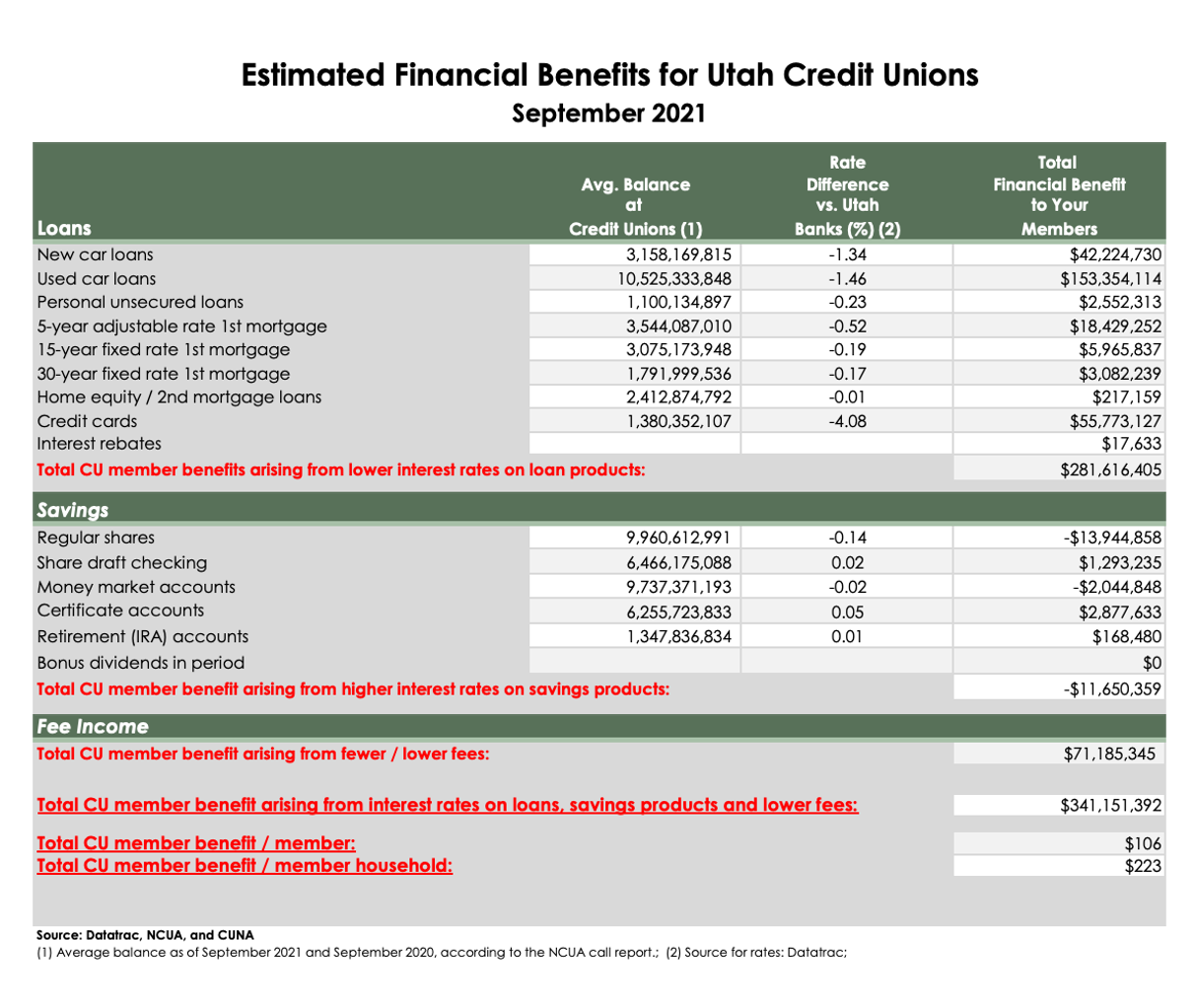The Ultimate Overview to Understanding Cooperative Credit Union

Credit unions stand as unique economic entities, rooted in principles of mutual support and member-driven operations. As we navigate with the details of credit scores unions, an informative trip waits for to drop light on these member-focused organizations and how they vary from standard financial institutions.
What Are Cooperative Credit Union?
Credit report unions are member-owned banks that offer a range of financial solutions to their participants. Unlike typical financial institutions, lending institution operate as not-for-profit companies, suggesting their primary emphasis gets on serving their members instead of making the most of revenues. Members of a lending institution typically share an usual bond, such as functioning for the very same company, belonging to the same area, or becoming part of the same organization.
Among the crucial advantages of credit rating unions is that they commonly supply greater rate of interest on interest-bearing accounts and lower rate of interest on lendings contrasted to financial institutions. Federal Credit Union. This is because lending institution are structured to benefit their participants directly, enabling them to pass on their incomes in the kind of better rates and fewer fees. Furthermore, credit rating unions are known for their customized client service, as they prioritize developing connections with their members to understand their distinct monetary needs and goals
History and Development of Credit Rating Unions
The roots of member-owned economic cooperatives, recognized today as cooperative credit union, trace back to a time when communities sought alternatives to traditional financial organizations. The principle of credit scores unions come from in the 19th century in Europe, with Friedrich Wilhelm Raiffeisen frequently attributed as the leader of the cooperative banking activity. Raiffeisen started the very first acknowledged cooperative credit union in Germany in the mid-1800s, highlighting community assistance and self-help concepts.
The evolution of lending institution proceeded in The United States and Canada, where Alphonse Desjardins established the first lending institution in Canada in 1900. Shortly after, in 1909, the initial U.S. credit rating union was developed in New Hampshire by a team of Franco-American immigrants. These very early credit history unions run on the essential concepts of shared support, autonomous control, and member ownership.
Over time, cooperative credit union have actually expanded in popularity worldwide as a result of their not-for-profit structure, concentrate on serving participants, and offering competitive economic product or services. Today, lending institution play an essential role in the monetary market, providing community-oriented and available financial alternatives for services and people alike.

Membership and Eligibility Standards
Subscription at a credit report union is normally limited to individuals meeting particular eligibility standards based on the establishment's founding concepts and governing demands. Some credit scores unions may just offer individuals who live or work in a particular area, while others may be tailored to employees of a particular company or members of a certain organization.
In addition, cooperative credit union are structured as not-for-profit organizations, suggesting that their primary goal is to serve their members rather than produce profits for investors. This concentrate on participant solution frequently equates into even more customized focus, lower costs, and affordable rates of interest on financial savings and lendings accounts. By fulfilling the eligibility requirements and becoming a participant of a cooperative credit union, people can access a learn the facts here now range of financial product or services tailored to their specific demands.
Services and Products Offered
One of the vital facets that establishes lending institution apart is the varied variety of economic product and services they use to their members. Cooperative credit union normally provide typical banking solutions such as financial savings and checking accounts, loans, and credit history cards. Members can also gain from financial investment services, consisting of retired life accounts and monetary preparation assistance. Several credit report unions offer competitive rates of interest on financial savings accounts and finances, as well as reduced fees compared to standard banks.
Additionally, credit history unions frequently give hassle-free online and mobile financial choices for members to easily manage their finances. They might use benefits such as shared branching, permitting members to access their accounts at other cooperative credit union throughout the country. Some credit report unions likewise provide insurance coverage products like car, life, and home insurance policy to aid members shield their possessions and liked ones.

Benefits of Banking With Cooperative Credit Union
When taking click here to read into consideration monetary institutions, discovering the benefits of financial with cooperative credit union discloses unique benefits for members looking for customized solution and affordable rates. One considerable advantage of cooperative credit union is their focus on individualized client service. Unlike huge banks, cooperative credit union are member-owned and prioritize building solid connections with their members. This implies that lending institution staff often have a much deeper understanding of their members' monetary demands and can offer customized services to assist them accomplish their goals. Furthermore, cooperative credit union are known for offering competitive rate of interest on lendings and cost savings accounts. Due to the fact that they are not-for-profit organizations, lending institution can frequently offer reduced lending rates, higher cost savings prices, and reduced charges contrasted to conventional banks. This can lead to significant cost savings for members in time. Generally, banking with a cooperative credit union can offer an extra customized, cost-efficient, and member-centric economic experience.
Verdict
In final thought, credit history unions stand out as member-owned monetary organizations that prioritize serving their members over making best use of revenues. With beginnings dating back to 19th century Europe, debt unions adhere to concepts of shared help and participant possession.
Credit rating unions are member-owned financial institutions that use a range of financial services to their members. The concept of credit scores unions originated in the 19th century in Europe, with Friedrich Wilhelm Raiffeisen frequently credited as the leader of the cooperative financial activity.The advancement of credit unions proceeded in North helpful resources America, where Alphonse Desjardins established the first credit rating union in Canada in 1900. Credit report unions normally offer conventional financial services such as savings and examining accounts, loans, and credit scores cards.When taking into consideration monetary institutions, checking out the advantages of banking with credit report unions exposes one-of-a-kind benefits for participants seeking tailored service and affordable rates.